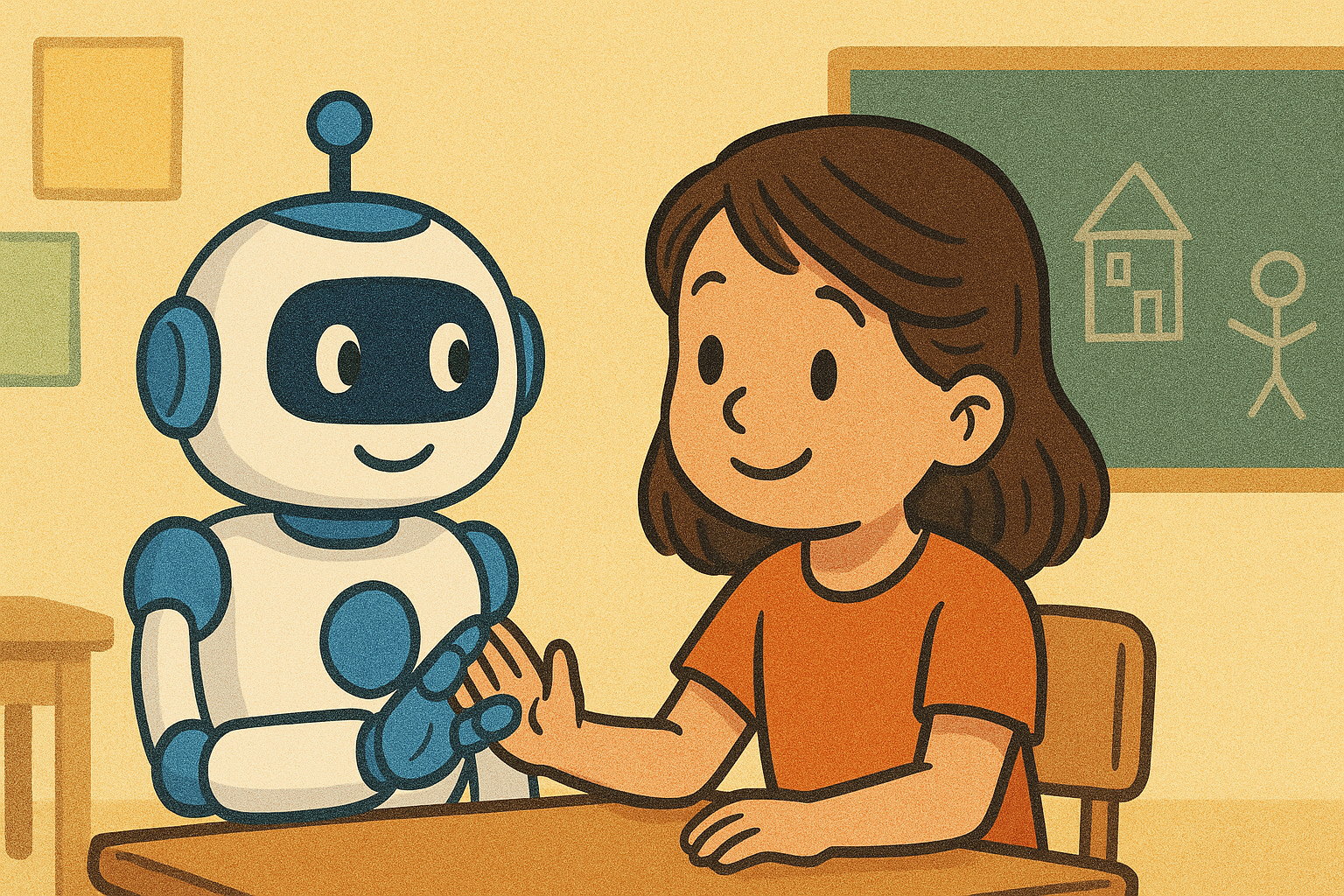
Embodied AI for Kids: How Robots Are Shaping Early Learning
Imagine your child learning to code by talking to a robot, or developing emotional intelligence through conversations with an expressive AI pet. This is not science fiction — it’s happening today, thanks to embodied AI.
🤖 What is Embodied AI?
Embodied AI refers to artificial intelligence systems that have a physical body — robots, toys, or devices that interact with the world and people through movement, speech, and sensory input. Unlike virtual chatbots or apps, embodied AI lives in the same space as your child, making learning and interaction more natural and effective.
🧠 Why Does It Matter for Kids?
Early childhood is a critical window for learning, especially when it comes to physical and social experiences. Embodied AI tools:
- Encourage hands-on exploration
- Teach cause-effect relationships through real-world feedback
- Help kids understand emotions via facial expressions and voice tones
- Offer personalized learning paths based on the child’s behavior
🚸 Real-World Examples
Here are some embodied AI tools that are changing the way kids learn and grow:
🐶 Loona: The Expressive AI Pet
Loona is a robot pet that reacts to touch, follows your movement, and expresses emotions through sounds and animations. It helps younger children learn social-emotional cues and cause-effect relationships.
🧠 Moxie by Embodied, Inc.
Designed with child psychology in mind, Moxie engages children in daily conversations, storytelling, and empathy-building exercises. It’s ideal for emotional and conversational learning.
💡 LEGO Boost and Botley 2.0
These programmable robots combine coding with physical play, allowing children to build, command, and experiment — a perfect gateway to STEM education.
📚 Embodied AI in the Classroom
Some forward-thinking schools and homeschooling families are now integrating embodied AI into:
- Early literacy and language training
- STEM and coding fundamentals
- Behavioral therapy for kids with autism
- Group play activities with smart robots
Studies show that interactive learning with physical AI agents can significantly improve attention, retention, and motivation compared to screen-only tools.
🔮 What’s Next?
As embodied AI becomes more affordable and widespread, we may see:
- AI tutors that follow a child around the home
- Learning robots that adapt to a child’s emotional state
- Curriculum designed specifically around embodied interaction
These tools will become more than toys — they’ll be co-learners, companions, and coaches.
🏁 Final Thoughts
Embodied AI isn’t just about robots — it’s about how physical interaction supercharges human learning. For kids, this means more fun, more engagement, and better outcomes.
👪 Pro tip for parents: Start with affordable bots like Botley or Cozmo, then explore emotional companions like Loona or Moxie when your child shows readiness.
Want more guides like this? Subscribe to our newsletter and stay ahead in the world of AI-powered play and learning!